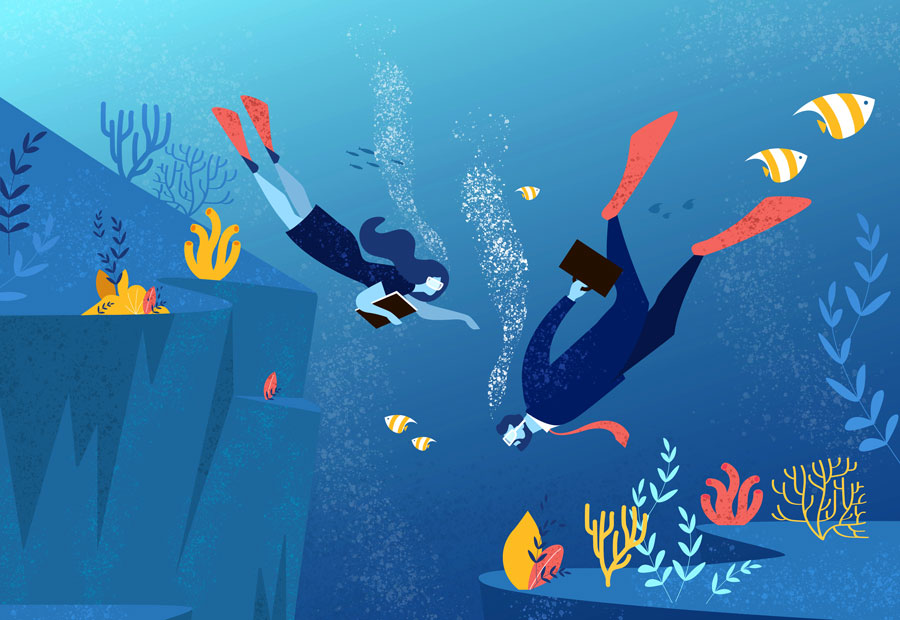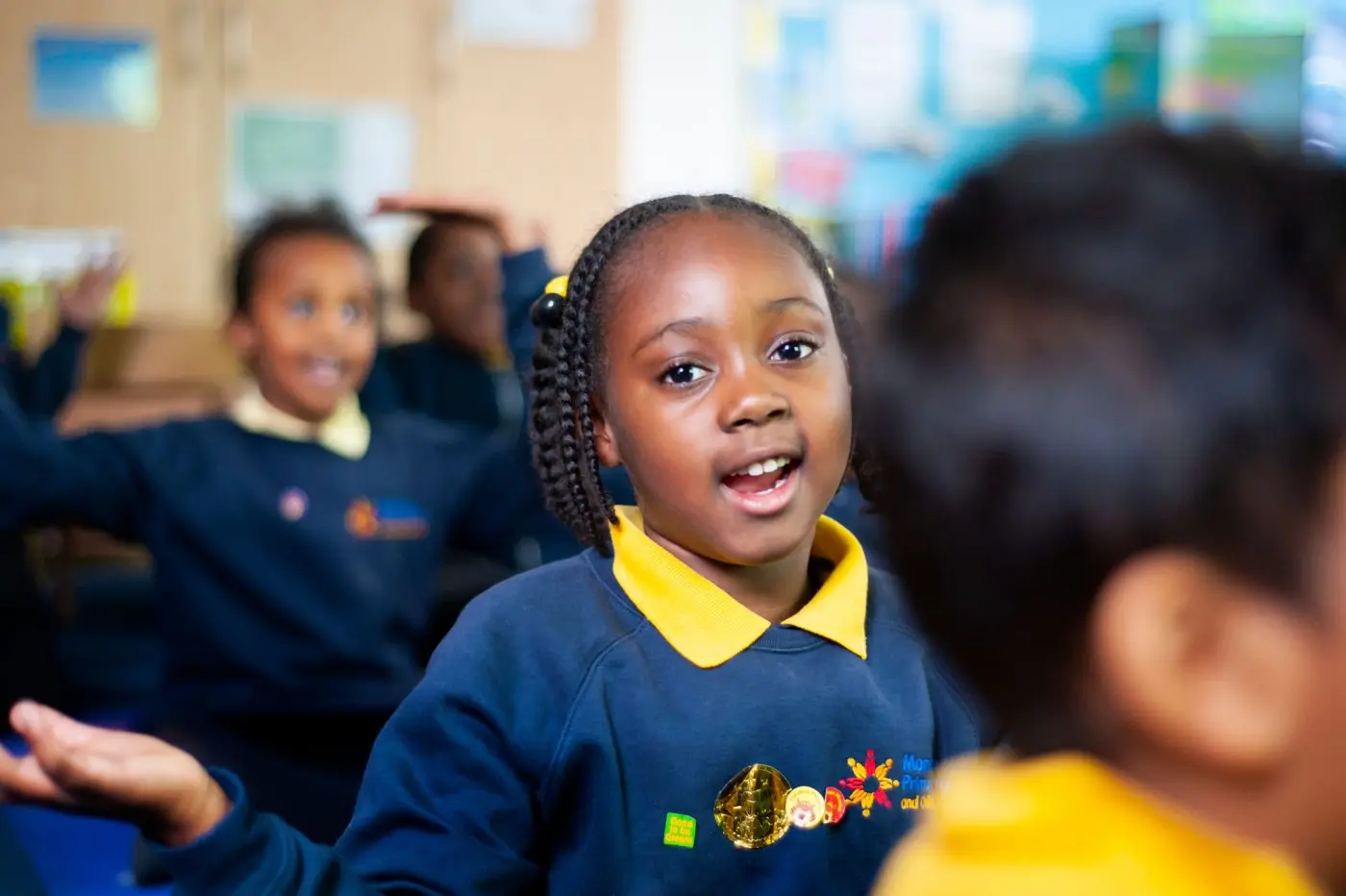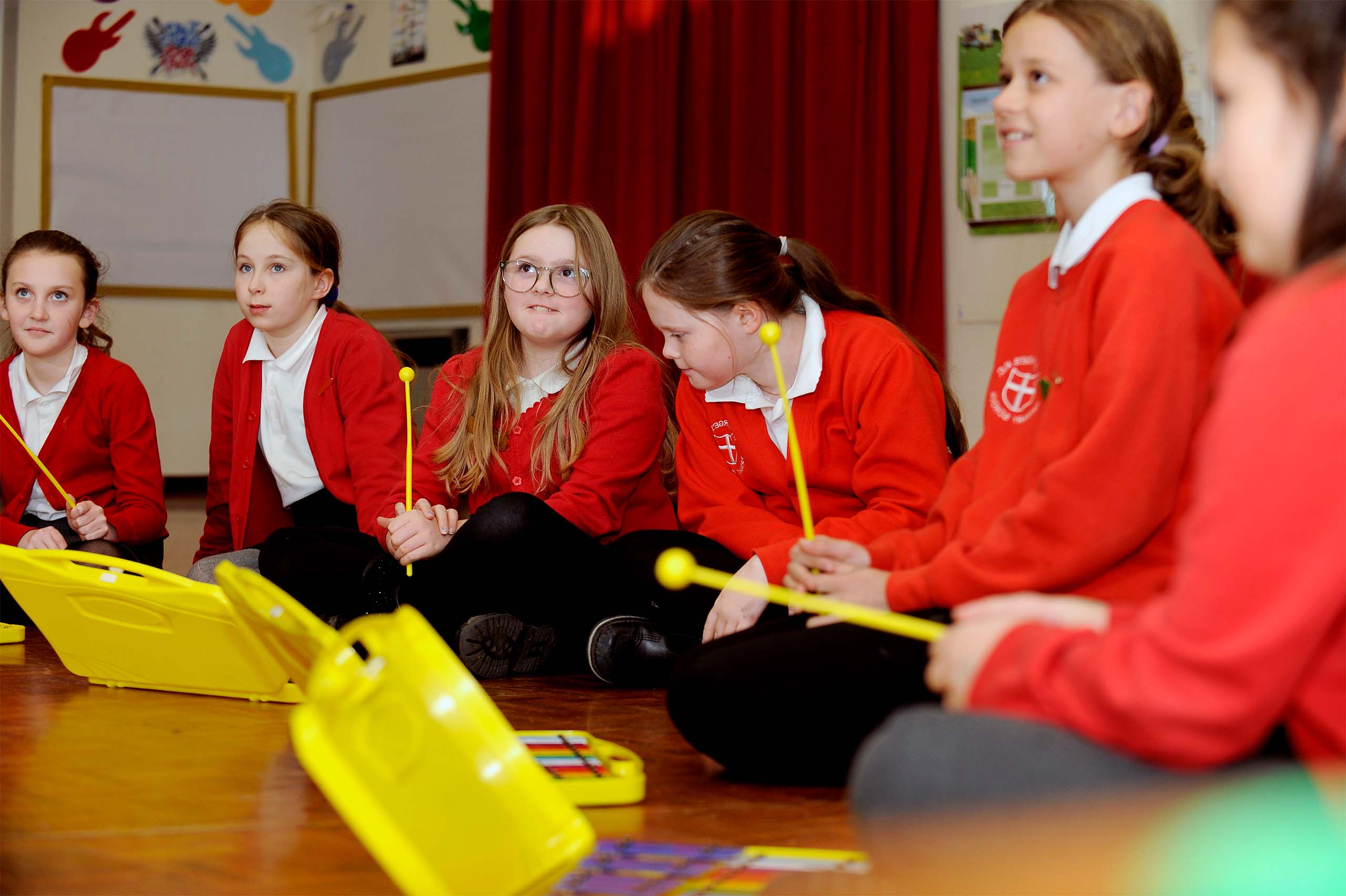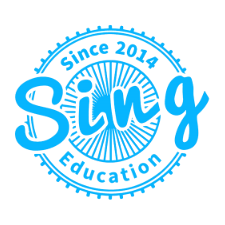The range of evidence for one and how it is evaluated.
According to analysis by the NASUWT (The Teachers’ Union), Ofsted states clearly that “Inspectors do not judge individual lessons, but connect evidence through lesson visits, scrutinising work and conversations with curriculum leaders, pupils and teachers.2”
Moreover, when it comes to gathering further evidence, “A deep dive does not lead to a judgement about that particular subject. Rather the evidence from four to six deep dives enable inspectors to form hypotheses about which factors are systemic – that is, relate to the quality of education provided by the school as a whole.3”
So on the whole the new EIF looks for curriculum strength as evidenced through lesson observation, subject deep dives and review of pupil work. The lesson, subject area and student are not being interrogated – on the contrary, the educational pathway is.
Thus enters the “quality of education” judgment.
According to Ofsted, “This [designation] combines aspects of the previous key judgements of ‘teaching, learning and assessment’ and ‘outcomes’ to provide a more holistic view of standards, particularly focusing on the curriculum. We will continue to report on all aspects of a school, as set out in section 5 of the Education Act 2005, but will do so within the new judgement headings.4”
So what else should we be aware of?
The Three I’s – Intent, Implementation and Impact
The new assessment framework reaches back and pulls forward the working definition of curriculum relied on in the previous Common Inspection Framework. As such “[The quality of education] conversation draws together curriculum, teaching, assessment and standards. In doing this, we draw heavily on the working definition of the curriculum that Ofsted has used over the last couple of years.
This definition uses the concepts of ‘intent’, ‘implementation’ and ‘impact’ to recognise that the curriculum passes through different states: it is conceived, taught and experienced. Leaders and teachers design, structure and sequence a curriculum, which is then implemented through classroom teaching.
The end result of a good, well-taught curriculum is that pupils know more and are able to do more. The positive results of pupils’ learning can then be seen in the standards they achieve. The EIF starts from the understanding that all of these steps are connected.5”
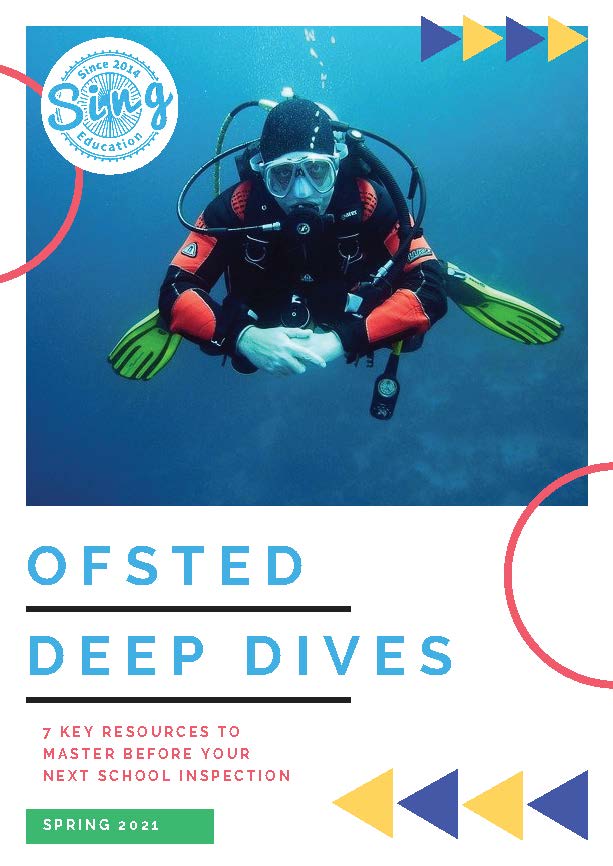
Download our Ofsted Deep Dive Resource here







